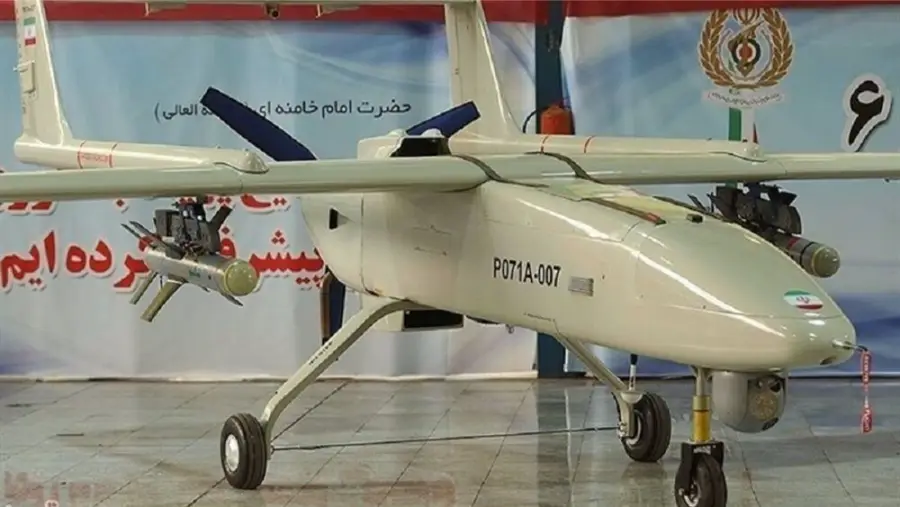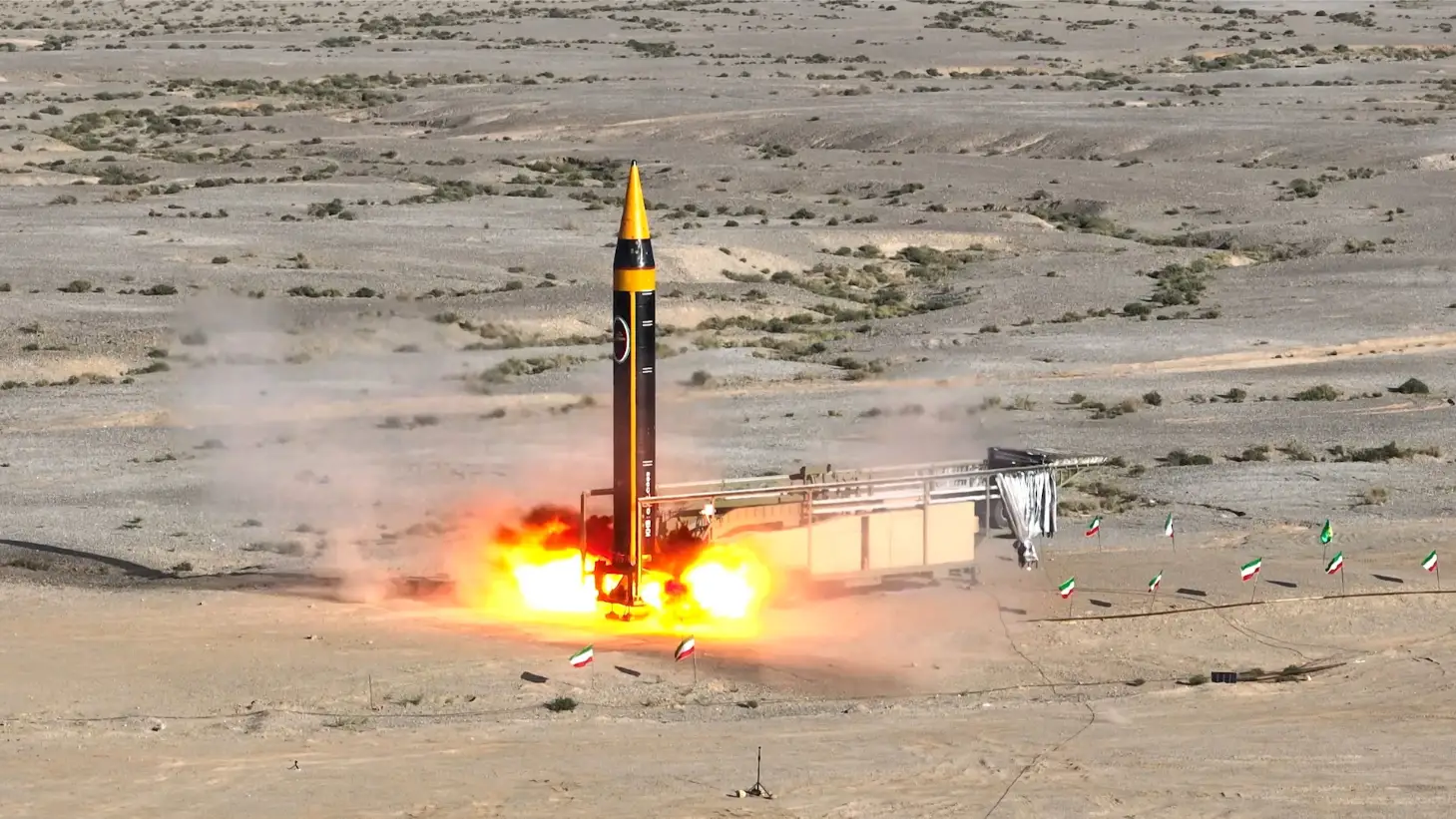Iran is emerging as one of the global leaders in the production of drones, the West is feeling it. Europe and the United States today admit that, in addition to drones, Iran has a missile power on Earth. The present era has made great progress in the military sector. Iran has gone from being an importer of military technology to a producer of sophisticated missiles and drones.
Earlier, Iran imported thousands of tanks, hundreds of airplanes and helicopters from Western countries including the United States due to lack of domestic development and production of advanced military equipment. Foreign currency earned by living off fossil fuels was spent to buy foreign technology.
But in the 1980s, during the Iran-Iraq war, the true state of Iran’s military power and the dangers of import dependence became apparent. In the mid-1980s, Iran realized the urgent need to produce ballistic missiles. These missiles were convenient then. Because there was a risk of damage to valuable aircraft if air strikes were to be carried out. Again there was a crisis of small parts of the aircraft. At the same time and for the same reason, Iran began production and development of unmanned aerial vehicles for recovery. Which makes the country one of the pioneers of modern military drones.
Initially, the country imported old models of ballistic missiles from a few allied countries. They are then reverse engineered to make copies. Along with that, the country continues to design and improve indigenous missile models. In the last two years of the war, Iran got short range tactical ballistic missile or rocket artillery system called ‘Oghab’ of 45 km and ‘Najet’ of 100 km range.
At the end of the war, the new shahab missile with a range of hundreds of kilometers opened the way. In the late 1990s, Iran developed the Shahab 3 medium-range ballistic missile. Its range is 2 thousand kilometers. This range includes all enemy military bases in the region.
Read also : China’s smart missile will run 7 times louder than sound
In the 2000s, solid propeller, short-range propulsion, and accuracy led to significant improvements in mid-range missiles. In 2010, new variants with an initial range of only 200 to 300 km, based on the Fateh 110 solid-fueled medium-range large ballistic missile, began to be used.
New variants based on the fateh 110 have increased the range over time as rocket engine technology has evolved. For example Fateh 313 with a range of 500 km, Zolfaghar Basir with a range of 700 km and Talaeiyeh with a range of 1000 km and Kheibar Shekan with a range of 1450 km. These missiles are easy to mass produce and can be assembled in large numbers.
In addition to developing ballistic missiles, Iran has invested heavily in building a fleet of powerful drones including the Shahed 136, Kaman 22, Mohajer and Baaz. Their range covers a large area.
A few countries possess ballistic arsenals, but they are intended to carry nuclear and weapons of mass destruction and intimidate the enemy, not for precision strikes. Some countries develop their own drones, but according to many experts, their reputation is nowhere near that of the Iranian drones.




